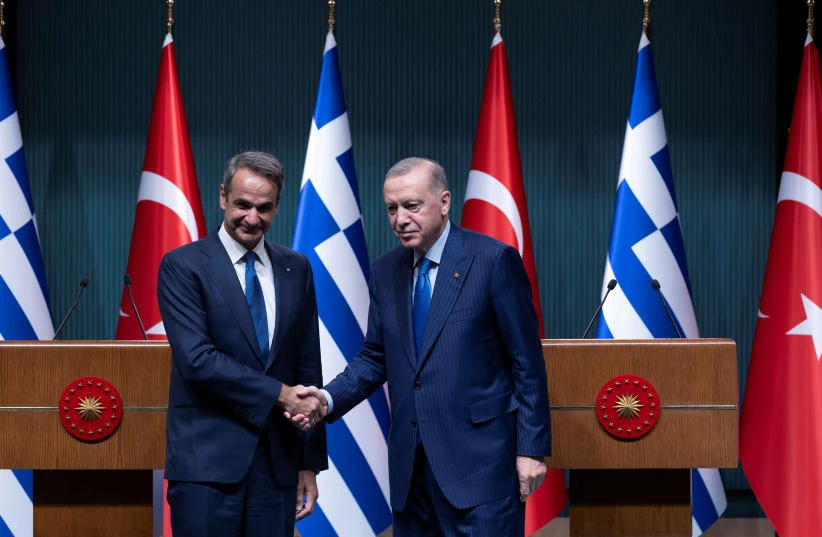What role did Syrians play in Turkish War of Independence?
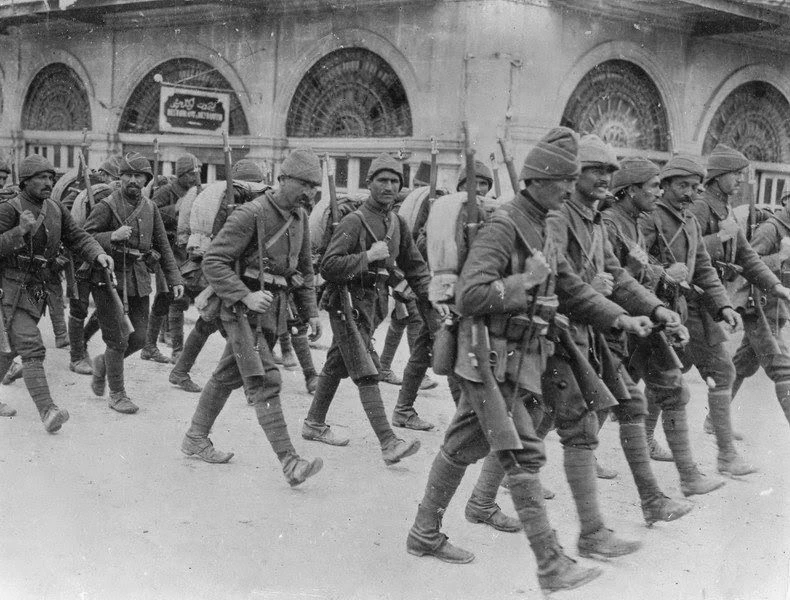 Ottoman soldiers in Syria during World War I, 1914. (Photo via X)
Ottoman soldiers in Syria during World War I, 1914. (Photo via X)
During joint press conference by Syrian President Ahmed al-Sharaa’s meeting with President Recep Tayyip Erdogan on Tuesday, al-Sharaa stated, “The cooperation between Syria and Türkiye is rooted in history. During the Turkish War of Independence, Turkish and Syrian blood was shed together to achieve this success. We share a common geography. Our culture and social structure are the same.”
This statement has sparked curiosity about the contribution of Syrians to the Turkish War of Independence. The involvement of Syrians during the Turkish War of Independence is a pivotal yet often overlooked aspect of this historical struggle. Following the defeat of the Ottoman Empire in World War I and the subsequent occupation of the region by foreign powers, majority of Syrians played a significant role in resisting French and British mandates while aligning with Turkish forces.
The British formed an alliance with the Arabs in Arabia. The agreement promised the Arabs independence once the war concluded. However, during the Russian Bolshevik Revolution, Vladimir Lenin exposed secret treaties signed during the Russian Empire.
One of these treaties was the Sykes-Picot Agreement, which divided the Middle East between the British and the French. In the aftermath, at the San Remo Conference, the idea of Arab independence was dismissed entirely. This led to the Arabs arming themselves in defiance.
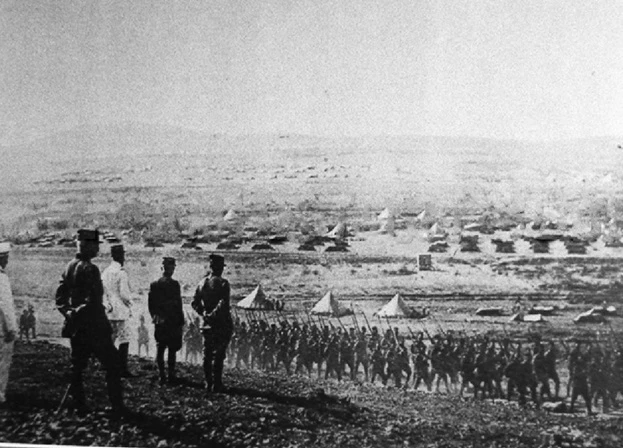
Background: Franco-British divide over Middle East
The Sykes-Picot Agreement and the French-British division of the Middle East significantly impacted the political landscape. According to the Sykes-Picot Agreement, the French and British were set to divide control over the region. In exchange for cooperation, the British were assigned Mosul, while the French took control of Syria, including cities such as Antep, Maras, Urfa and surrounding areas.
Yet, there was a conflict between the Sykes-Picot Agreement and the French-British division outlined in the 1916 Sykes-Picot Agreement, especially regarding Syria’s future.
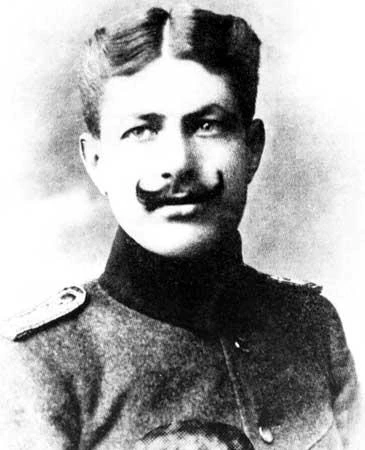
Battle of Maysalun: Syrian resistance against French mandates
The first significant resistance against French control came under the command of King Faisal bin Hussein of Syria. The resistance was led by former Ottoman Colonel Yusuf el-Azme, who, with several thousand troops, engaged French Gen. Henri Gouraud’s forces near the town of Maysalun in 1920.
In this battle, nearly 2,000 soldiers, including Colonel Yusuf el-Azme, lost their lives, and the French successfully suppressed the resistance, subsequently occupying Syria.
After the defeat, King Faisal was deposed and exiled, eventually becoming King of Iraq. Despite this, the Syrians continued to resist foreign occupation, focusing on the potential for collaboration with Türkiye.
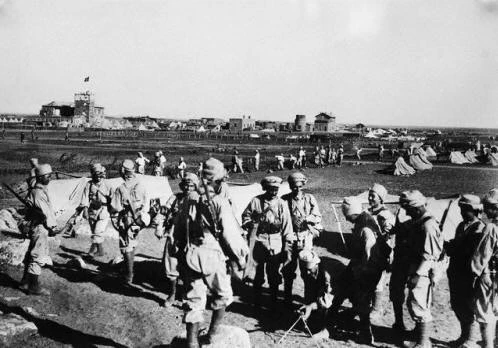
Solidarity between Anatolia and Syria during Turkish war of independence
Following the Battle of Maysalun in 1920, Syrian and Lebanese resistance groups, inspired by Turkish efforts, sought ties with the Ankara government. British intelligence reports from Damascus revealed that many Syrians preferred joining forces with Türkiye rather than submitting to foreign rule. As the French and British lost support, Syrians began clandestine contact with the Ankara government.
This led to the formation of the “Turkish-Arab Friendship Society”, also known as the “Syria-Palestine Defense Organization” in 1920. Key figures from Syria, Lebanon and surrounding areas joined the organization, which had prominent individuals from various ethnic and religious backgrounds, including officers, doctors, journalists, traders, and religious leaders.
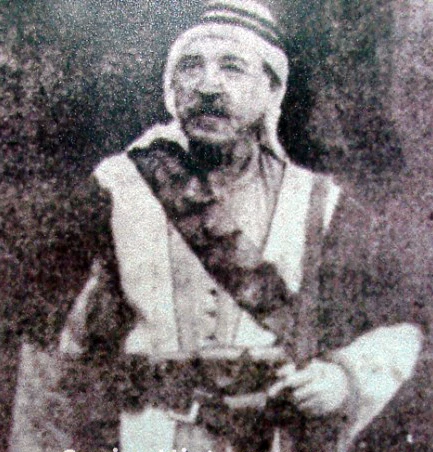
Salih Ali resistance movement: Defiance against French rule
In the aftermath of the Battle of Maysalun, the French attempted to divide the population into Sunni, Alawi, and Druze factions. However, Sheikh Salih, an Alawi leader, refused to accept an “Alawi state” and organized a resistance against the French in the El Nuseyriye Mountains. Salih, supported by Mustafa Kemal Pasha, was successful in defeating the French forces in the region.
His victory was symbolized by raising an Arab flag with the Ottoman emblem in the center. However, French General Henri Gouraud eventually crushed the rebellion.
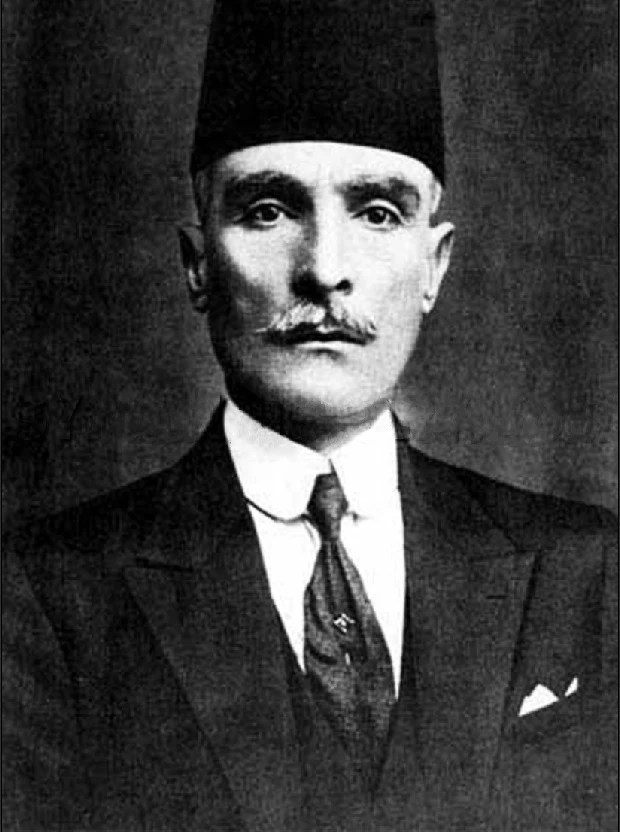
Ibrahim Hananu resistance: Turkish support in northern Syria
Another significant resistance movement emerged in Aleppo, led by Ibrahim Hananu, who had support from the Türkiye’s Parliament. Aleppo, being more culturally tied to Türkiye, became a center of resistance, and the Turkish National Forces under the command of Ozdemir Bey directly engaged with the French.
Despite heavy fighting, the French could not break the resistance, and the region remained in the hands of the local forces.
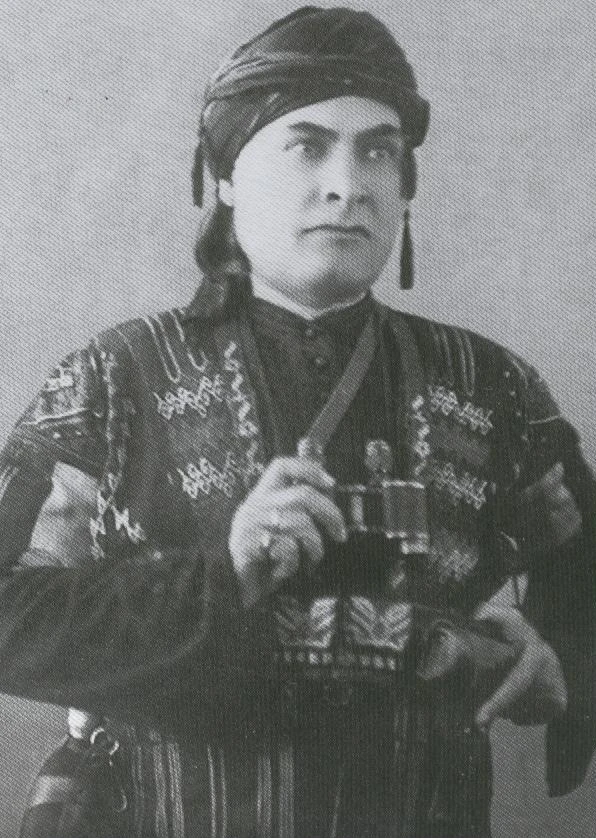
Separation between Ankara and Syria: A turning point
In June 1921, after facing persistent uprisings, the French sent a delegation to Ankara led by Henry Franklin-Bouillon. After two weeks of negotiations, the Ankara Agreement was signed.
While this agreement marked the end of French aid to the Greeks and the withdrawal of French forces from regions like Antep and Adana, it also signaled the end of Turkish support for the Syrian resistance. With the loss of Turkish backing, the resistance in Syria faltered, and the country’s focus shifted toward seeking independence from both France and Türkiye.
Finally, Syria achieved full independence in 1946, marking the end of foreign mandates in the region.


